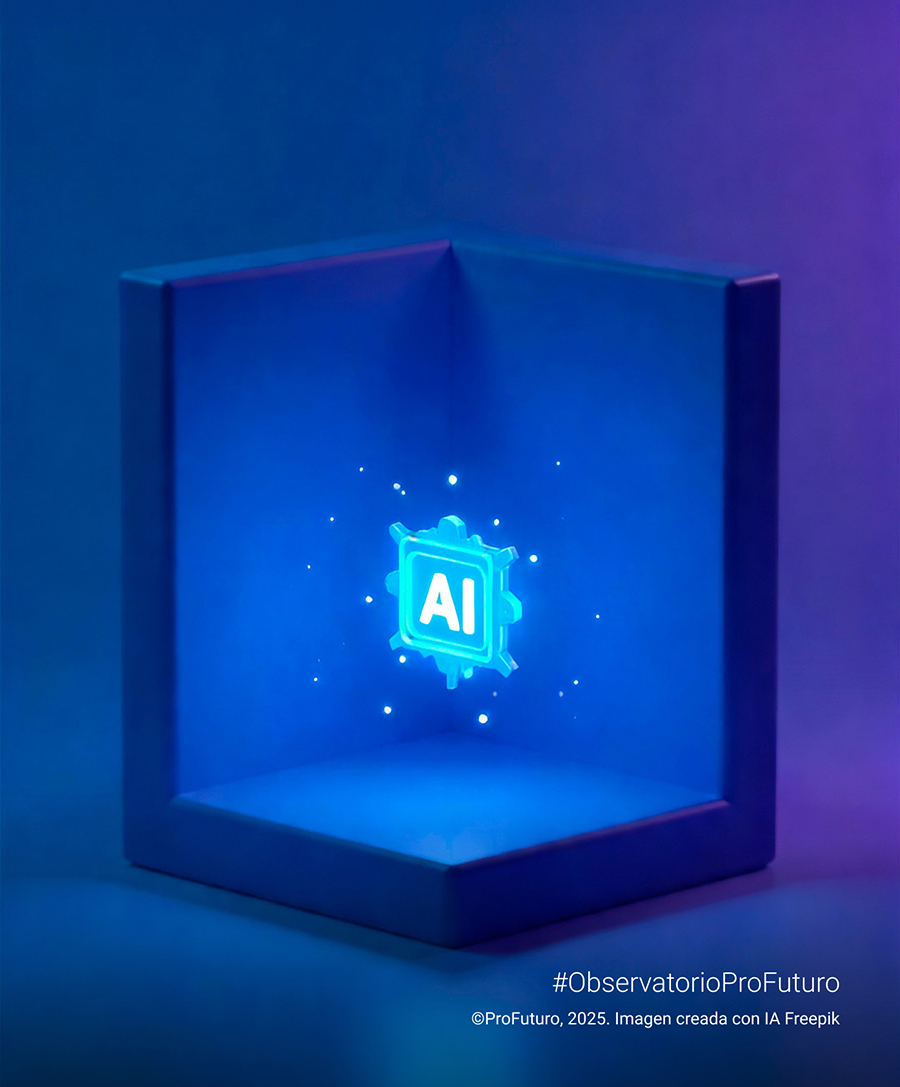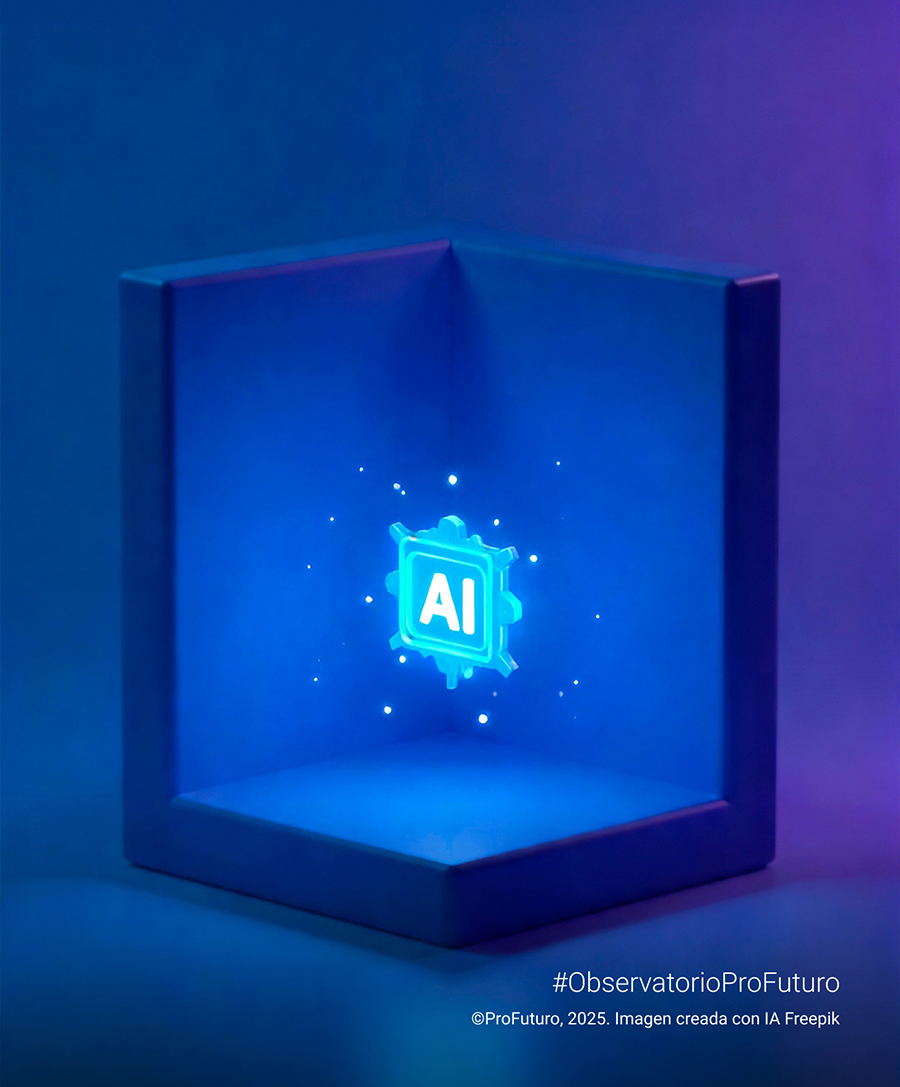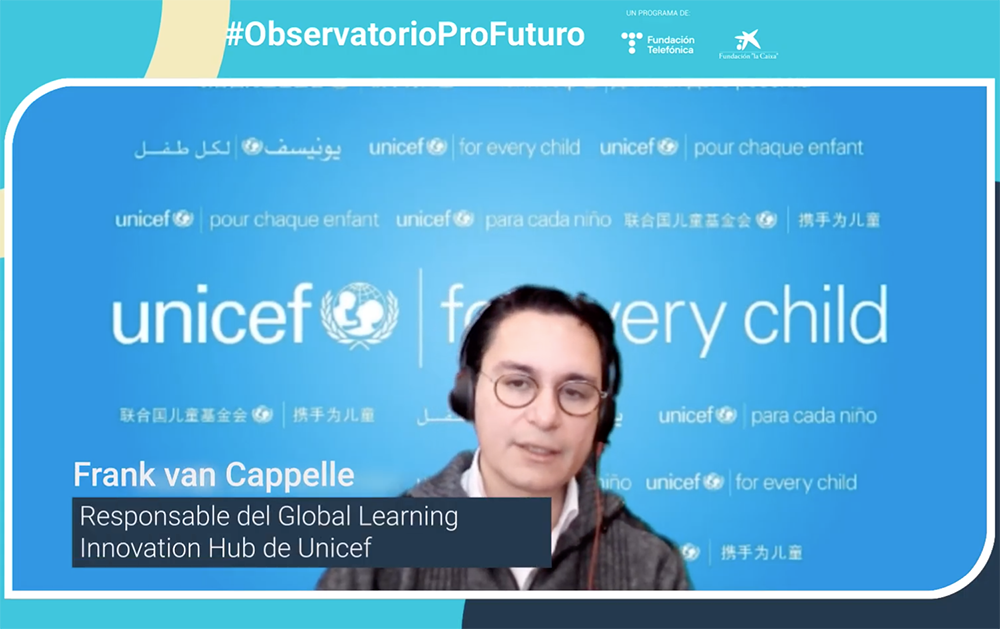This article was written by instructional design expert Berlin Fang and published in WISE ed.review.

A famous quote from Malcolm Gladwell’s book Outliers suggests that to become experts in something, we need to invest 10,000 hours. While it is generally true that achieving success requires a lot of time, assuming that everyone could benefit equally from those 10,000 hours is akin to assuming that anyone could become as wealthy as Warren Buffet with an initial capital of $10,000.
Every learner needs a different amount of time to master a specific topic, and that time varies due to several factors, such as the prerequisite knowledge, level of concentration, environmental noise and distractions, and most importantly, the quality of education available. Spending 10,000 hours without justification is both exhausting and unproductive. Competent students (Yes. They do exist!) might invest the same time or even less to achieve more.
Competency-based education offers a solution to address these varied needs. This idea is quite common in business environments, where employees don’t have regular periods to learn. While working at the China headquarters of the American Management Association in the early 2000s, I was involved in developing competency-based programmes for supervisors, managers, and leaders. These programmes remain popular to this day.
In the educational sector, this model is more challenging to implement. School structures and administrative and teaching activities are based on time-bound concepts: fixed blocks for class sessions, semesters, and academic years required to obtain a degree. Most students spend their time in school as if they were prisoners, aiming to pass exams and eventually earn a qualification. Since “parole” isn’t an option, some spend twice the time needed studying a subject they may have already mastered. The absurdity of these inflexible time demands is one of the main reasons driving us towards personalised learning, which should also be linked to competency or mastery-based learning.
Despite numerous challenges, competency-based learning is slowly but steadily advancing in the educational field, thanks to efforts from states like New Hampshire in the United States and institutions like Western Governors University, whose degree programmes are entirely based on competency mastery.
If education were limited to identifying the smartest (or the least capable) individuals in a group, that could be resolved over a meal, a game, or a group walk. Why spend tens of thousands of dollars and dozens of years of effort repeating the same thing over and over? The goal of education is for people to learn and improve, not to separate the wheat from the chaff.
Technologically, it is now quite easy to generate personalised, competency-based learning through the use of learning management systems. Massive open online courses (MOOCs) facilitate public access, especially for populations that have been underserved by elitist and highly selective schools. It is interesting to see how these changes are altering the concept of education as we know it.
Teachers don’t have to wait for universities and school districts to implement large-scale changes to start educating by competencies. At a micro level, courses can incorporate a competency-based approach through personalised learning. However, competency-based education requires careful course or programme redesign. Here are some suggestions to move in this direction:
- Focus on Outcomes. The term competencies is often associated with skills that enable one to secure employment, which unfairly leads some to believe that humanities education is meaningless. Instead, we should begin focusing on the outcomes we want to see in the future members of our families, organisations, and society in general: people who are now students preparing for the future. By focusing on outcomes, we will pay due attention to the factors that can transform learners into productive, collaborative, and happy members of society. Competencies should be aligned with these outcomes.
- Competency Mapping. With outcomes in mind, educators should create a detailed map of the competencies they want students to acquire, considering their relevance to the students’ professional or personal growth. They should also define the tools for measuring these competencies and the level of mastery considered satisfactory. This initial mapping is one of the most overlooked tasks in educational innovations. Often, people rush to find solutions without first questioning the why or the what. Without clear and personally meaningful outcomes, there is a risk of deviating from the goal.
- Change the Mindset About Grading. A common concern in competency-based education is the use of an unconventional grading system. This approach often uses pass/fail or satisfactory/unsatisfactory grades to measure mastery, which may be perceived as less rigorous compared to percentage or point-based grading. Educators must explain the logic behind this system and communicate to students that much is expected of them. They must also conduct secure and reliable assessments to ensure mastery of content. If necessary, traditional percentage or point-based grading methods can be applied during the process, as formative assessment and as a means to achieve the final outcomes of “pass” or “satisfactory”.
- Measure Mastery, Not Intelligence. Similarly, it is important to establish levels of mastery in competencies, rather than ranking students on a bell curve, which contradicts the true purpose of competency-based education. If education were limited to identifying the smartest (or the least capable) individuals in a group, that could be resolved over a meal, a game, or a group walk. Why spend tens of thousands of dollars and dozens of years of effort repeating the same thing over and over? The goal of education is for people to learn and improve, not to separate the wheat from the chaff.
- Break the Spell of Experience. Students cannot master one competency after another if educators remain captivated by their own experience. Sometimes, experts have been experts for so long that they forget the difficulties beginners face. The interwoven complexities of subjects can plunge students into an overwhelming chaos where competency-based education has no place. To help them master competencies, it is helpful to translate concepts into learning objects, as this brings clarity and motivation. There are many ways to overcome the lack of experience, such as creating mind maps, using student feedback, and incorporating the help of instructional designers who can identify the blind spots experts may overlook.
- Deliberate Consciously on Educational Design. Let us have a design document for each lesson that establishes a correspondence between outcomes, competencies, measurements, instructional methods, and media. This document, often called a syllabus in the United States, commits the teacher to the training they provide and the students to their learning. Writing a good syllabus or instructional sequence allows the educator to design the training in a conscious and structured manner, rather than merely waiting for the class to start and delivering knowledge in a disorganised and chaotic way, hoping that something sticks in the students’ minds.
- Provide Learners with Spaces to Grow Vertically or Horizontally. Learners can progress quickly from one competency to another, which is a cause for celebration but creates more distance between those who are more advanced or lagging. Many centres support struggling students by offering supplementary training. However, we must not punish faster learners by forcing them to wait. For them, we must create opportunities to deepen their experience or broaden their competencies, for example, by developing their ability to teach and guide.
Trends in personalised, competency-based learning reflect a growing concern that institutionalised schooling may be hindering learning, an idea popularised by Sir Ken Robinson’s famous TED talk, “Do Schools Kill Creativity?” In traditional schooling, students learn to obtain grades and degrees that have become hoops to jump through. But what if we gave everyone an A or a degree from the start and then focused on helping them learn? Perhaps some students wouldn’t return to the classroom, or maybe they would start learning for the sheer joy of it. After all, it is their future at stake. It’s all hypothetical, I know, but hopefully, this scenario, along with the suggestions offered in this article, will lead more people to rethink the current educational model.






